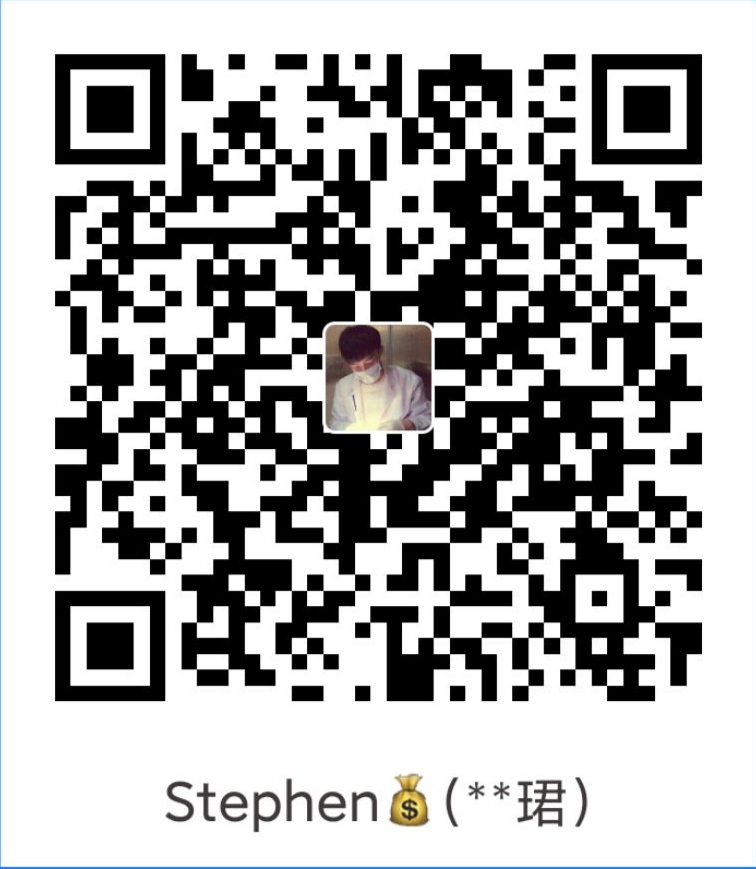Transformers have revolutionized the field of Natural Language Processing (NLP), and Hugging Face’s Transformers library makes it easy to access state-of-the-art models. Whether you’re dealing with text classification, question-answering, or even text generation, the Transformers library simplifies model deployment and usage.
In this blog, we’ll walk through the basic usage of the Hugging Face Transformers library and showcase how to fine-tune pre-trained models for specific NLP tasks.
1. What is the Hugging Face Transformers Library?
The Hugging Face Transformers library is an open-source Python package that provides easy access to over 50,000 pre-trained models for a wide variety of NLP tasks. The library includes models like BERT, GPT, RoBERTa, T5, and more, enabling developers to quickly deploy solutions without needing to train models from scratch.
2. Installing the Transformers Library
Before diving into code, you’ll need to install the Transformers library. You can do this with pip:
1 | pip install transformers |
You might also want to install PyTorch or TensorFlow, depending on the framework you’re comfortable with:
1 | # For PyTorch |
3. Loading Pre-trained Models and Tokenizers
One of the most powerful features of the Transformers library is the ability to load pre-trained models with just a few lines of code. Let’s load BERT and its corresponding tokenizer.
1 | from transformers import BertTokenizer, BertModel |
3.1. Tokenizing Input Text
Tokenization is the first step in preparing text for model input. The tokenizer breaks the text into tokens and encodes it into a format the model can understand:
1 | text = "Hugging Face makes NLP easy!" |
The tokenizer returns input IDs and attention masks, which will be fed into the model.
3.2. Generating Model Outputs
Once you have tokenized the input, you can pass it to the model:
1 | outputs = model(**inputs) |
The model output includes hidden states and other useful information, which can be processed for downstream tasks like classification or text generation.
4. Fine-tuning a Model for Text Classification
Fine-tuning pre-trained models for specific tasks like text classification is a common use case. Here’s how you can fine-tune a BERT model for sentiment analysis.
4.1. Dataset Preparation
We’ll use a dataset from Hugging Face’s datasets library. First, install the library if you haven’t:
1 | pip install datasets |
Then, load a dataset:
1 | from datasets import load_dataset |
4.2. Preparing Data for Training
The datasets library integrates smoothly with the Transformers library, making it easy to prepare the data for training:
1 | def preprocess_data(examples): |
4.3. Fine-tuning the Model
You can now fine-tune a pre-trained model like BERT using the Trainer class:
1 | from transformers import BertForSequenceClassification, Trainer, TrainingArguments |
After fine-tuning, you can use the model for inference or further evaluation.
5. Saving and Loading Fine-Tuned Models
Once fine-tuning is complete, you can save the model and tokenizer for later use:
1 | model.save_pretrained('./fine-tuned-bert') |
To load the model and tokenizer back:
1 | model = BertForSequenceClassification.from_pretrained('./fine-tuned-bert') |
6. Conclusion
In this post, we’ve covered the basics of using the Hugging Face Transformers library, including loading pre-trained models, tokenizing text, and fine-tuning models for specific tasks. The Transformers library provides an intuitive and powerful interface to leverage state-of-the-art models without the complexity of training from scratch.
If you’re looking to dive deeper, there are plenty of additional features like model distillation, multi-task learning, and more. Happy coding!


